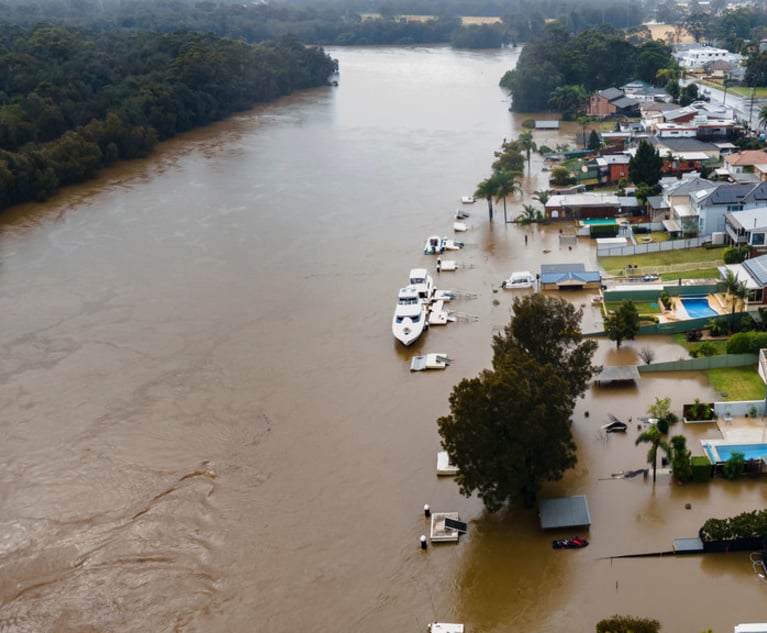 Geocoding and property attributes, when paired with a persistent unique identifier (PUID), are crucial for insurance companies to develop an accurate risk profile. (Credit: Steve/Adobe Stock)
Geocoding and property attributes, when paired with a persistent unique identifier (PUID), are crucial for insurance companies to develop an accurate risk profile. (Credit: Steve/Adobe Stock)
The riskiest locations for insurers in U.S. are Florida, the Gulf Coast, the Eastern Seaboard and wildfire prone areas in the West, according to a recent study by the National Bureau of Economic Research (NBER).
Recommended For You
Want to continue reading?
Become a Free PropertyCasualty360 Digital Reader
Your access to unlimited PropertyCasualty360 content isn’t changing.
Once you are an ALM digital member, you’ll receive:
- Breaking insurance news and analysis, on-site and via our newsletters and custom alerts
- Weekly Insurance Speak podcast featuring exclusive interviews with industry leaders
- Educational webcasts, white papers, and ebooks from industry thought leaders
- Critical converage of the employee benefits and financial advisory markets on our other ALM sites, BenefitsPRO and ThinkAdvisor
Already have an account? Sign In Now
© Touchpoint Markets, All Rights Reserved. Request academic re-use from www.copyright.com. All other uses, submit a request to [email protected]. For more inforrmation visit Asset & Logo Licensing.







